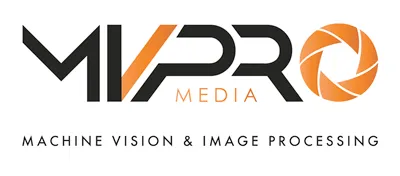The Ada Lovelace Institute, an independent research institute based in the UK and Brussels, has published a series of proposed amendments to the EU AI Act.
The EU AI Act is a regulatory framework on artificial intelligence proposed by the European Commission in April 2021. The Commission proposes to establish a technology-neutral definition of AI systems in EU law and to lay down a classification for AI systems with different requirements and obligations tailored on a “risk-based approach”. AI systems posing a potential risk under the framework would either be prohibited from entering the EU market or authorised with regulations and obligations.
Alexandru Circiumaru, European Public Policy Lead, said: “Regulating AI is a difficult legal challenge, so the EU should be congratulated for being the first to come out with a comprehensive framework. However, the current proposals can and should be improved, and there is an opportunity for EU policymakers to significantly strengthen the scope and effectiveness of this landmark legislation. We want to see changes to the Act that recognise those affected by AI systems, expand the EU’s concept of ‘risk’ and deal with the reality of AI, which cannot be regulated as a product or service in the traditional sense”.
As the first comprehensive attempt in the world to regulate AI, the Act has the potential to become a global standard in the regulation of AI. The Ada Lovelace Institute has published 18 recommendations to strengthen the act. One area of focus is on empowering people by building “affected persons” into the Act and enshrining their legal rights for complaint and collective action. The institute says the “voice of civil society” should also be increased by building representation for civil society organisations in the EU standards-setting process, which to date “has had to tackle technical rather than societal issues”.
Another area the Ada Lovelace Institute is focusing on is how risk is determined in the Act and its categories of risk. Risk is primarily understood in the Act in terms of the risks of AI systems to individual rights and safety. However, Ada argues that the Act should include broader systemic and environmental risks, which cannot be understood in terms of risks to individuals.
The amendments recommend establishing a process for adding new types of AI to the “high risk” list and assessing risk based on the “reasonably foreseeable purpose” of AI systems, rather than their “intended purpose”. Biometric categorisation and emotion recognition should be added to the “unacceptable risk” list in Article 5, says Ada. The institute further states that if evidence were put forward to demonstrate the benefits of these technologies, they must pass a “reinforced proportionality test”, and if they do pass this, used only in exceptional circumstances.
Several of Ada’s recommendations are aimed at ensuring that the Act reflects and relates to the reality of how AI systems are developed, deployed and adapted. For example, under the current proposals, high-risk systems only face ex ante requirements, meaning they apply to AI systems before deployment. This reflects a product safety approach to AI, which “fails to capture how AI systems are used in the world”, claims Ada. To address this, Ada recommends that all high-risk systems are subjected to regular ex post “impact evaluations”.
The policy briefing builds on an expert legal opinion commissioned by the Ada Lovelace Institute and authored by Professor Lilian Edwards, an academic in the field of internet law, which addresses questions about AI regulation in Europe and looks toward a global standard.
You can find more information about the Ada Lovelace Institute and its proposed amendments to the EU AI Act on its website.
Stay up to date with the most recent automation, computer vision, machine vision and robotics news on Automate Pro Europe, CVPro, MVPro and RBPro.
















